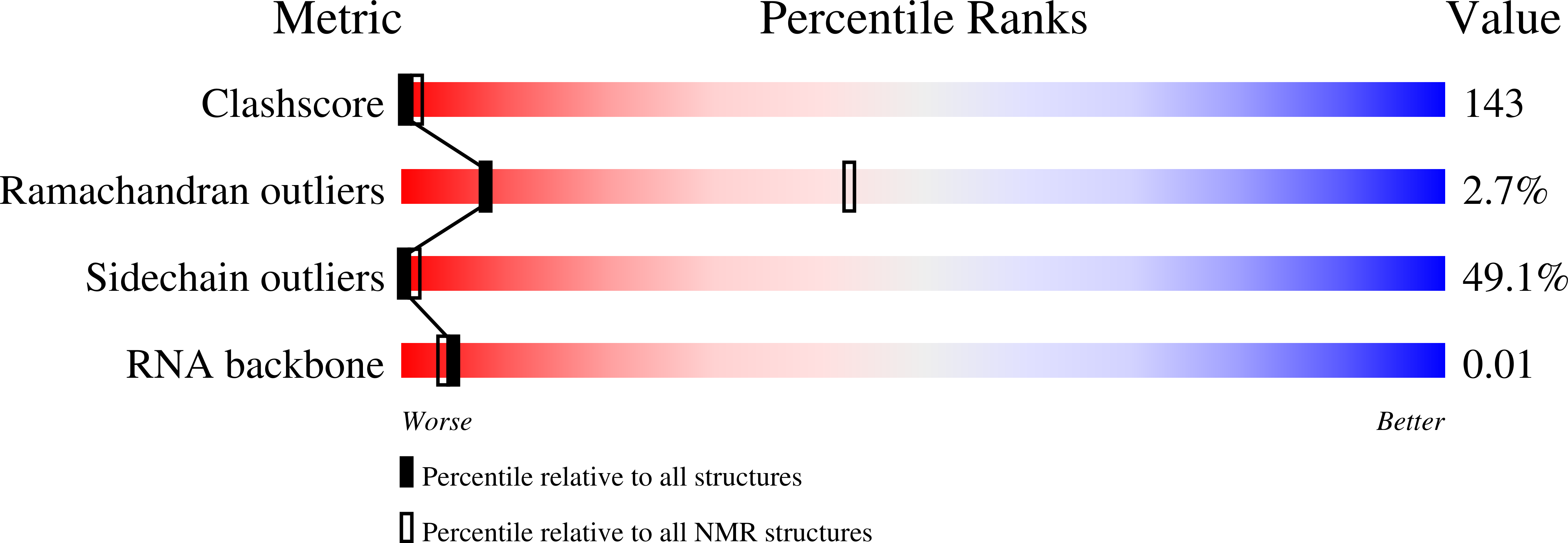
Deposition Date
2009-01-14
Release Date
2009-06-23
Last Version Date
2024-10-30
Entry Detail
PDB ID:
2KDQ
Keywords:
Title:
Simultaneous recognition of HIV-1 TAR RNA bulge and loop sequences by cyclic peptide mimic of Tat protein
Biological Source:
Source Organism:
Method Details:
Experimental Method:
Conformers Calculated:
100
Conformers Submitted:
10
Selection Criteria:
Lowest energy, least restraint violations


